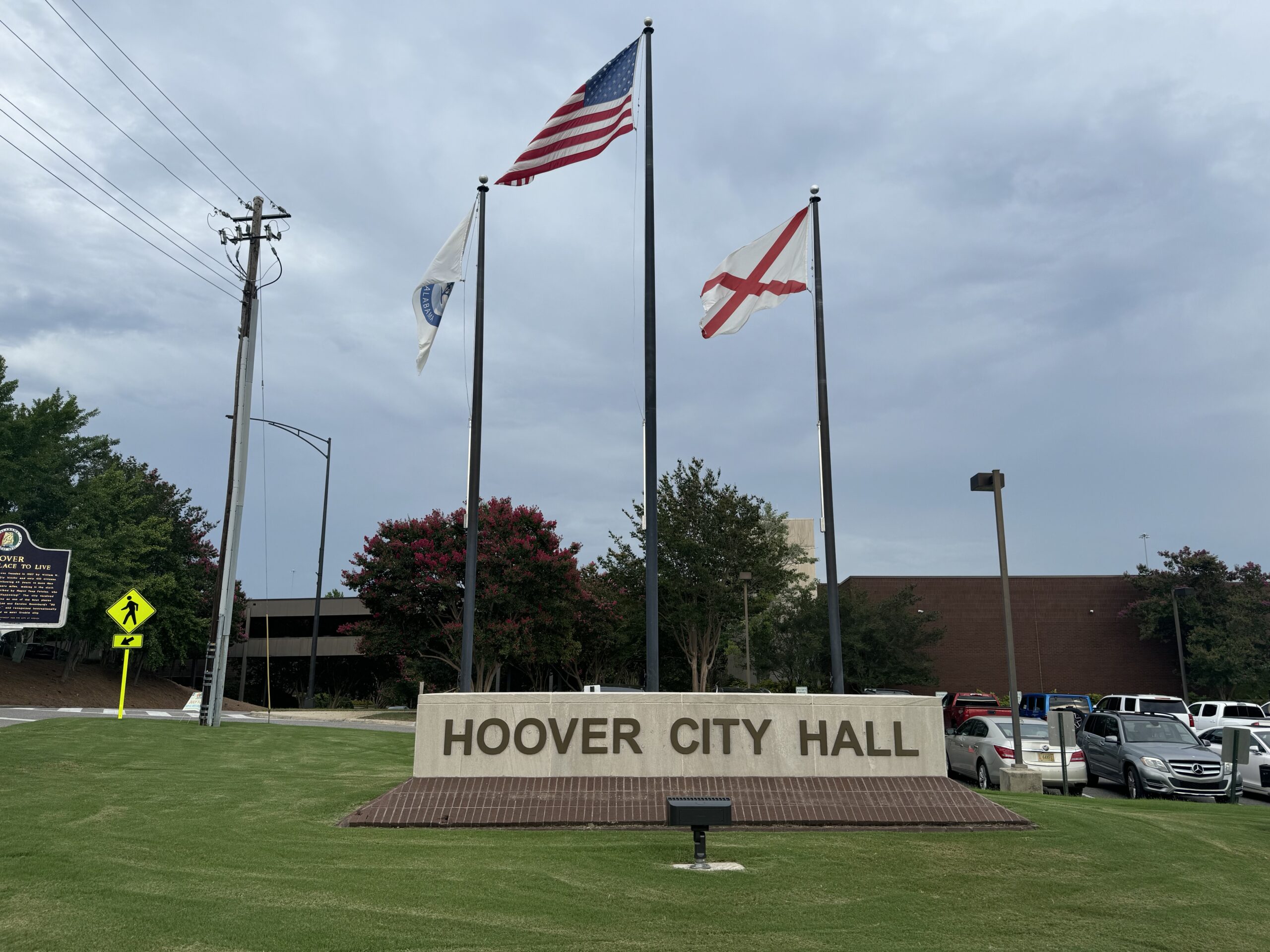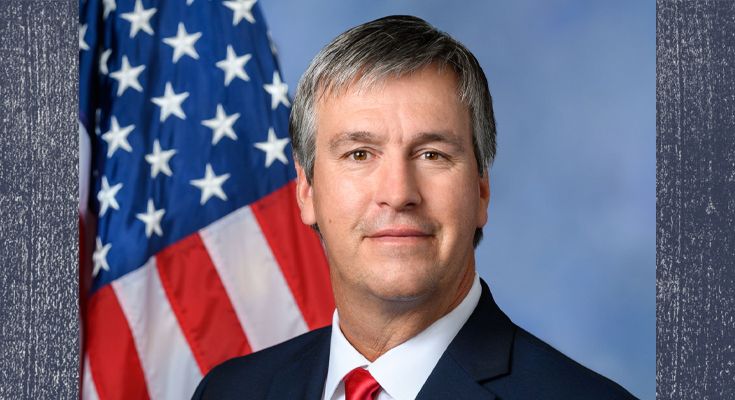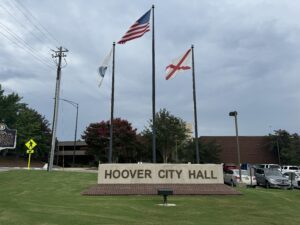On Monday, the proposed remedial Alabama congressional redistricting maps were released by Special Master Richard Allen. The three maps were filed with the three-judge panel in the ongoing voting rights case – Allen versus Milligan.
Congresswoman Terri Sewell – Alabama’s only Democratic member of the congressional delegation – applauded the new maps.
“Today, despite the relentless efforts by state officials to delay, obstruct, and defy, we are one step closer to having fair congressional maps in the State of Alabama,” Rep. Sewell said in a statement. “I applaud the special master for submitting three strong proposals which prove what we have long known to be true; the creation of two districts where Black voters can elect a candidate of their choice was possible from the very beginning.”
“I look forward to the adoption of one of these proposals and I remain ready and eager to continue representing the great people of Alabama’s 7th Congressional District,” Sewell concluded.
All three maps create two majority-minority districts. All three are variations on the same general theme:
· The maps divide Mobile County into a majority White section that remains in Alabama’s First Congressional District and a majority Black section that is moved into Alabama’s Second Congressional District.
· The maps divide the Wire Grass community between the First and Second Congressional Districts.
· The maps stretch a redrawn First Congressional District from the Mississippi line in Mobile County to Baldwin County across Mobile Bay and then along the Florida line all the way to the Georgia line.
· The Second congressional district would stretch from downtown Mobile to Montgomery and all the way to the Georgia line.
· The Second and Seventh Congressional Districts would both be majority minority.
· Congressman Barry Moore (R-AL02) and Congressman Jerry Carl (R-AL01) would both live in the same district. If both seek a third term, there is a strong likelihood that they could face each other in the 2024 Republican primary on March 5.
“The three remedial plans submitted to the United States District Court for the Northern District of Alabama by the Special Master represent a chance to restore the power of the vote for Black Alabamians, and all Alabamians,” said Alabama House Minority Leader Anthony Daniels (D-Huntsville. “All three maps place the majority of the City of Mobile in a proposed Congressional District 2. This is a clear rejection of the State’s attempts at subversion, and a rebuke of the manner in which the legislative majority twisted our shared history into a shield for discrimination.”
Rep. Jerry Carl was less than enthusiastic by the news.
“Today, a federal court released three proposed maps that will split south Alabama into two different congressional districts. Once again we have seen activist judges overstep their roles,” Carl said on Twitter.
Today, a federal court released three proposed maps that will split south Alabama into two different congressional districts. Once again we have seen activist judges overstep their roles. (1/2)
— Jerry Carl (@CarlForAlabama) September 26, 2023
The three-judge panel will consider which of three maps to adopt on October 3.
The state of Alabama has previously objected to dividing Mobile County and the Wiregrass region, arguing that the two communities of interest should not be divided. Both Jefferson and Tuscaloosa Counties were divided in the 2012 maps, the 2021 maps, and the July map prepared by the Legislature in a special session. The three special master maps also divided Jefferson and Tuscaloosa Counties into different districts, and there has been no objection by the state or the court to dividing those communities of interest along racial lines.
The Alabama Attorney General’s office has asked the U.S. Supreme Court to put a stay on the three-judge panel redistricting so that the state can once again present its case to the Supreme Court. The Court has agreed to hear the state’s emergency appeal.
Milligan and the other plaintiffs have asked the court to reject the state of Alabama’s request for a stay on the new districts. They argue that both the 2021 map and the July map violate the Voting Rights Act of 1965. The three-judge panel rejected Alabama’s request to hold up the redistricting.
Democrats and their civil rights group allies hope that they can use the courts as a tool to flip as many as 15 congressional districts from Republican to Democratic, thus likely regaining control of the U.S. House of Representatives no matter what happens with the Senate or the presidential election next year.
Qualifying for Congress with the two major parties begins in mid-October and ends on November 10, with both major party primaries being held on March 5.
To connect with the author of this story or to comment, email brandonmreporter@gmail.com.
Related
Share via:













